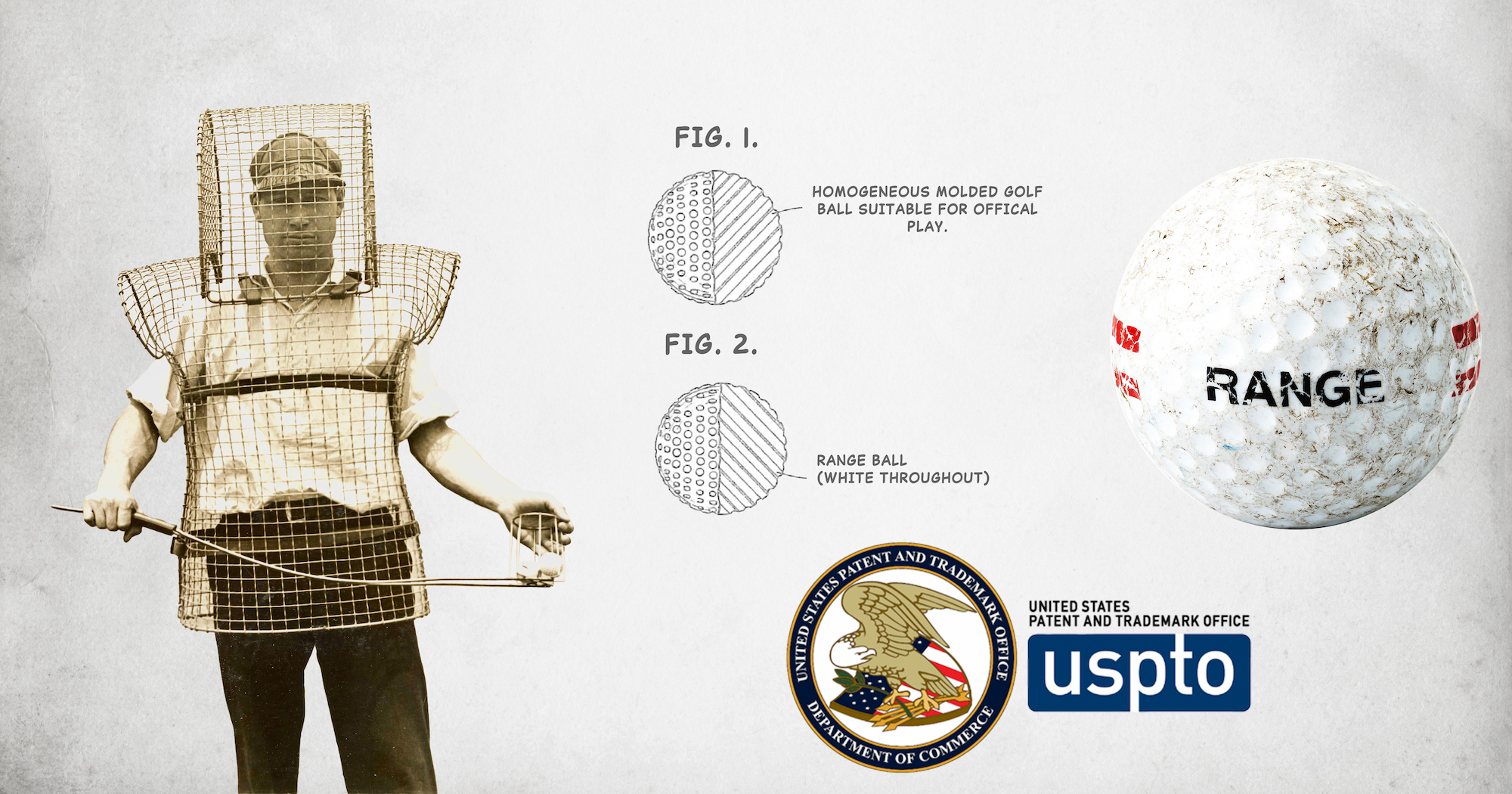HISTORY


In 1967, an American chemical engineer named James Bartsch secured a patent from the United States Patent Office for a homogeneous golf ball, which was referred to as a Range Ball. Bartsch's invention eliminated the layered construction of earlier golf balls.
Spalding acquired Bartsch's patent and developed a chemical resin that removed the need for layered components, leading to the creation of the "Executive" model, a solid golf ball. This solid-core design, derived from Bartsch's invention, became the foundation for the modern two-piece golf ball, commonly used as a range ball.
Range balls are typically two-piece golf balls characterized by a thicker outer cover and a less expensive rubber core. This design results in shorter distances and less spin compared to regular golf balls. Financially, this innovation benefited landowners and golf courses, as they required less land for a driving range.
To prevent golfers from mistakenly using range balls on the course, red stripes were originally added to distinguish them from regular play balls.
Two red stripes on a golf ball have been a global iconic mark within the golf industry for decades.

